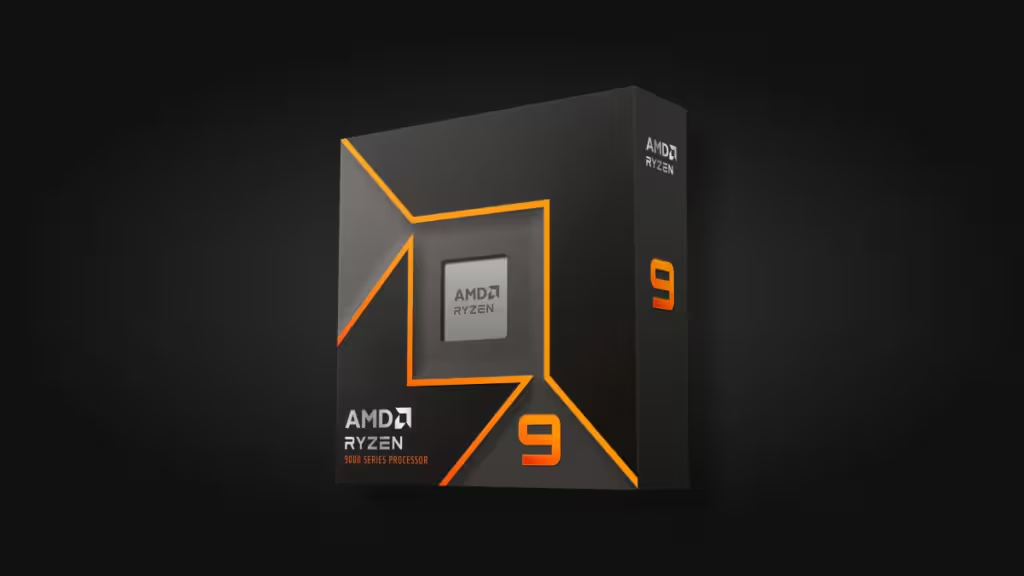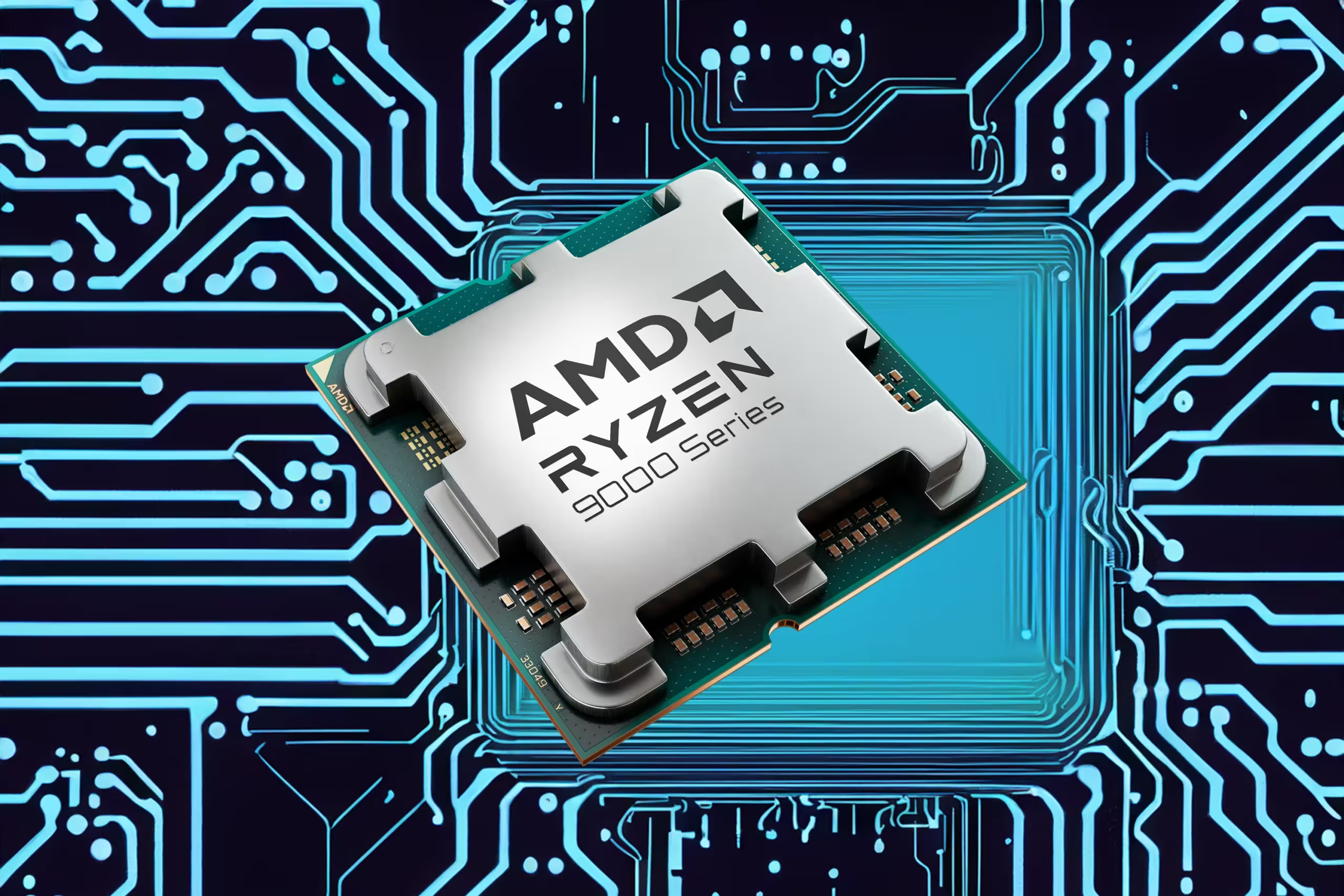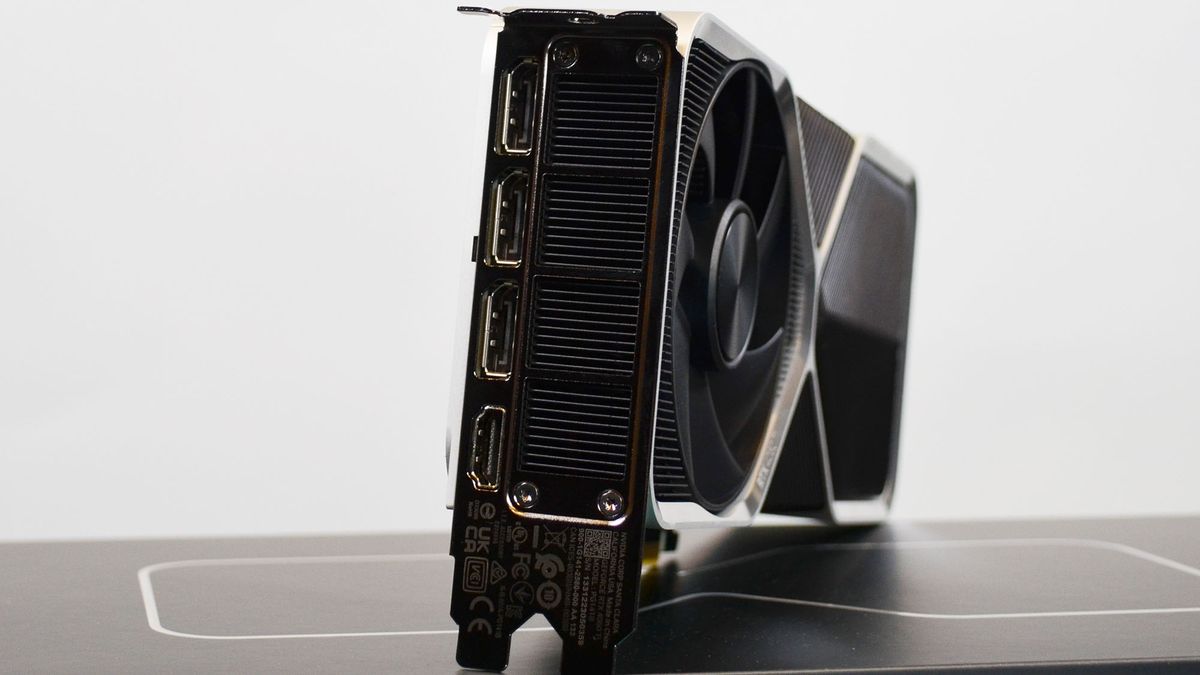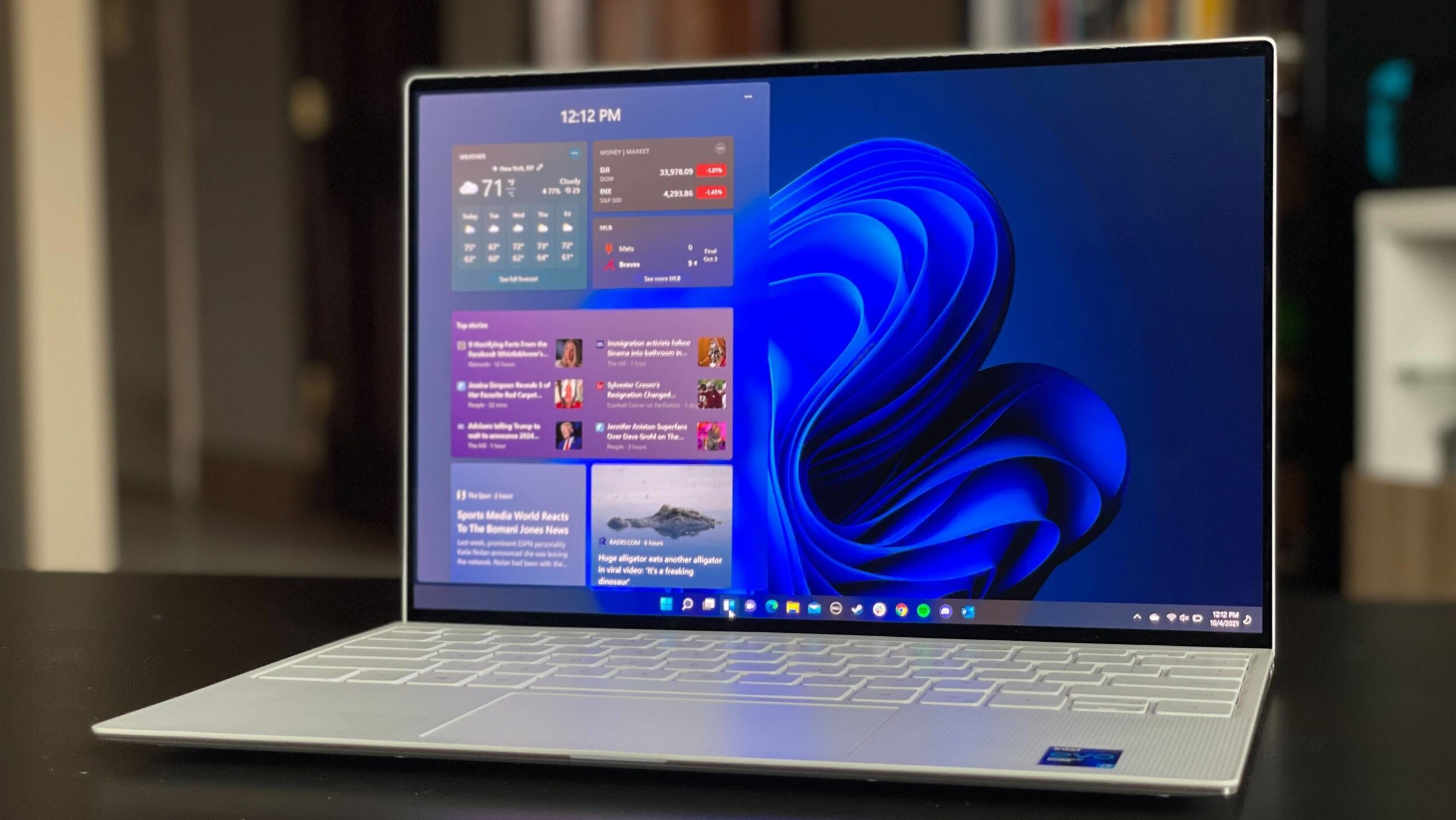
The initial excitement surrounding AMD’s Ryzen 9000 series quickly gave way to disappointment as reviews and early user feedback trickled in. Despite the promising benchmarks AMD had shared, real-world performance tests seemed to show only modest gains over the previous Ryzen 7000 series. After some investigation, it became clear that AMD’s testing methodology played a significant role in these unexpected results. It turned out that AMD had conducted its tests with a unique configuration that enabled Super Admin mode in Windows, which opened up certain CPU functions, such as the new CPUs’ enhanced branch prediction capabilities. However, this approach didn’t reflect the experience of typical users, who operate without these elevated privileges due to security risks associated with running an administrator account in Windows.
In an interview with The Full Nerd podcast, an AMD representative admitted that the company was equally surprised by the lackluster early reviews. It wasn’t until further testing revealed the impact of Windows’ Super Admin mode on performance that AMD recognized the discrepancy. Microsoft responded by including a fix in an early preview build of Windows 11 24H2, which allowed the full power of the Ryzen 9000 series CPUs to be unlocked without requiring Super Admin access. Those who tested the Ryzen 9000 on this preview build finally saw the kind of performance enhancements that had been expected.
Now, AMD and Microsoft have made these performance benefits accessible to a wider audience. With the recent release of Windows 11 build 23H2, Microsoft included the crucial adjustments, and they are now available in mainstream Windows 11. Ryzen 9000 users can enable these improvements simply by updating their Windows version to Build 22621.4112 or 22631.4112. This update lets users experience the processor’s full potential, delivering noticeable boosts in benchmark scores on programs like Cinebench and 3DMark without the security concerns tied to using an administrator account.




